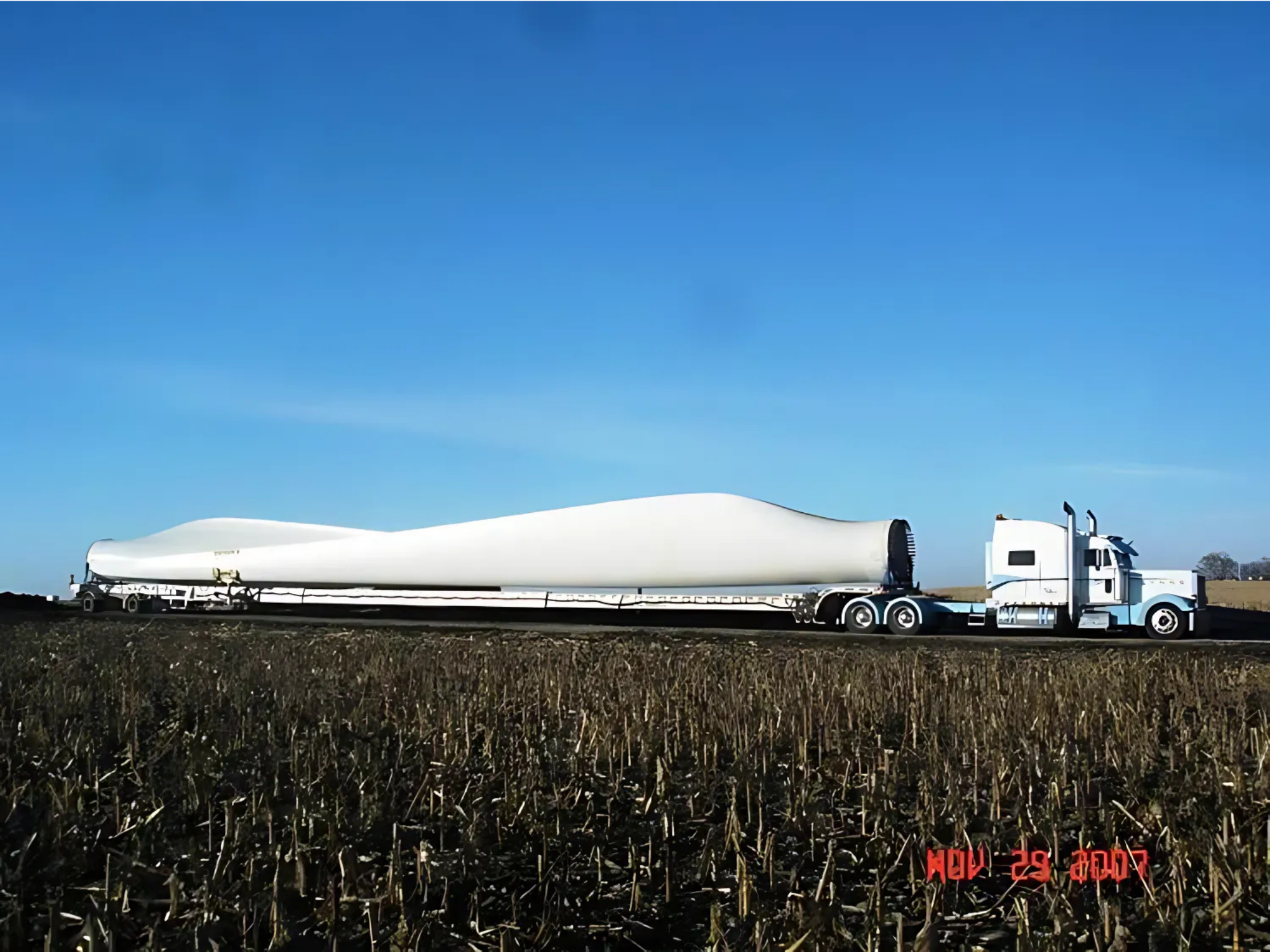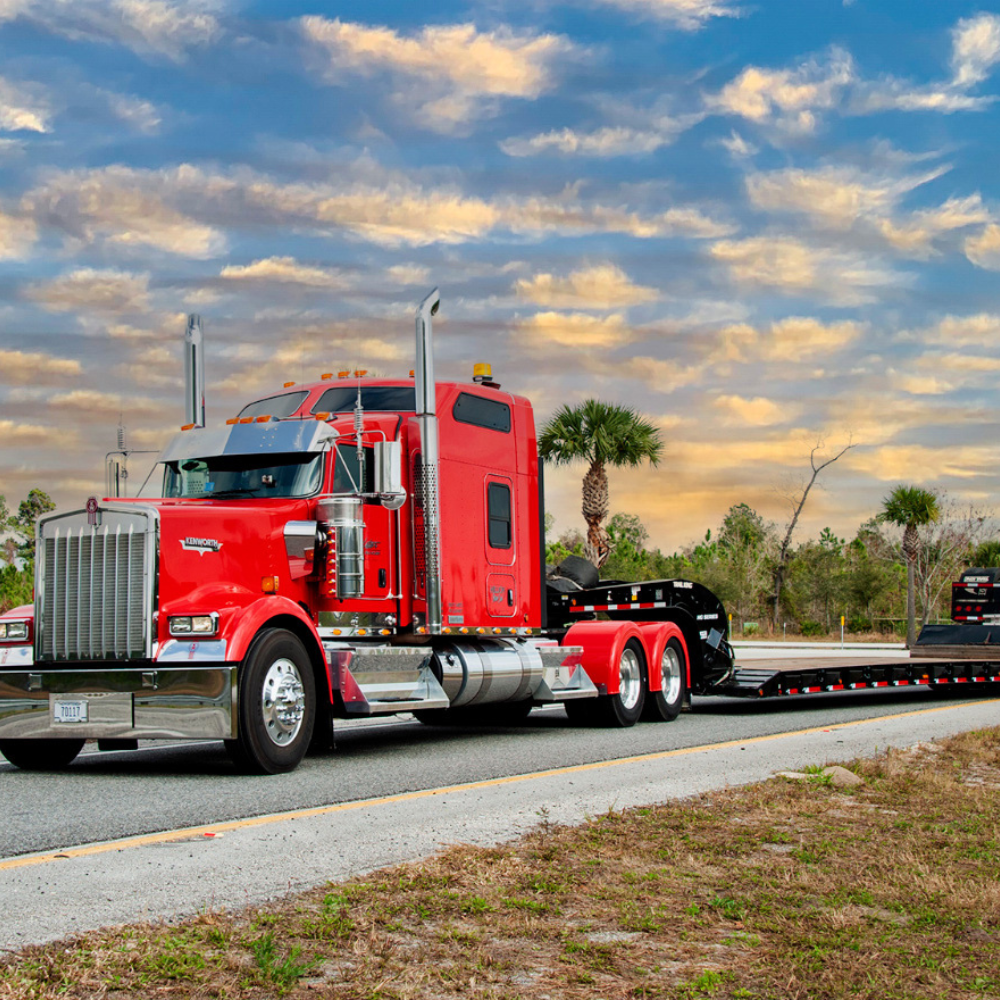Heavy Haul Permits: Navigating North American Regulations
A One Stop Shop
Interested? Book a Free Consultation
A One Stop Shop
Interested? Book a Free Consultation
Moving oversized or heavy haul freight requires more than just specialized transport; it demands meticulous planning and a deep understanding of complex logistics. Navigating the labyrinth of permits, regulations, and compliance requirements across various regions can be daunting. As an independent Landstar agent, Roy-Trans Global Logistics Inc. specializes in simplifying this intricate process, ensuring your specialized transport needs are met safely, efficiently, and compliantly.
One of the most crucial aspects of heavy haul shipping involves understanding and adhering to the diverse regulatory frameworks present across North America. Obtaining the correct transport permits is paramount to avoiding costly delays, significant fines, and potential safety hazards. Our expertise guides clients through the intricate world of oversize load regulations, ensuring full compliance at every stage of the journey.
In the United States, regulations governing heavy haul shipments can vary significantly from state to state. These variations directly impact permissible dimensions, weights, and even specific travel times. Roy-Trans Global Logistics works diligently to ensure all necessary federal and state-specific oversize permits are secured, and that your specialized transport adheres strictly to all local laws. This comprehensive approach includes expert navigation of pilot car requirements, curfew restrictions, and specific route approvals unique to each jurisdiction.
Similarly, heavy haul transport within Ontario, Canada, presents its own distinct set of provincial regulations and permit requirements. Our team possesses in-depth knowledge of the mandates from the Ministry of Transportation Ontario (MTO) for oversized freight. We ensure your shipments fully comply with all provincial mandates, including obtaining the necessary permits for specific dimensions, weights, and required routing across Ontario.
Understanding the baseline legal limits is the foundational step in determining whether your shipment qualifies as heavy haul or oversized freight and therefore requires special permits. The table below outlines general standard limits typically found across North America. Exceeding these dimensions or weights necessitates obtaining specific, specialized permitting.
| Dimension | Metric Limit | Standard Limit |
|---|---|---|
| Length | Typically 16.15 m | Typically 53 feet |
| Width | 2.6 m | 8.6 feet |
| Height | 4.11 m | 13.6 feet |
| Weight | 36,287 kg | 80,000 lbs (gross) |
Navigating the complexities of heavy haul logistics doesn't have to be a burden. With Roy-Trans Global Logistics Inc., clients gain a reliable partner backed by Landstar's extensive network, offering the expertise and resources to manage oversized freight projects seamlessly from start to finish. Our commitment ensures your specialized transport is handled compliantly and efficiently, every step of the way.
Simplify Your Heavy Haul Logistics – Connect with an Expert Today!

The views and opinions expressed by Roy-Trans Global Logistics Inc., an independent agent, do not necessarily represent the views of Landstar and its affiliated companies.